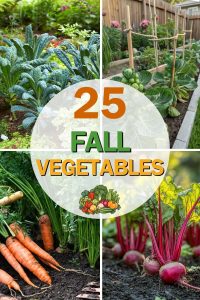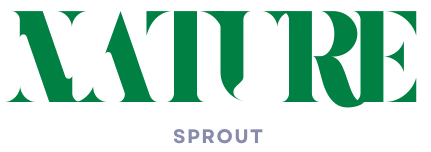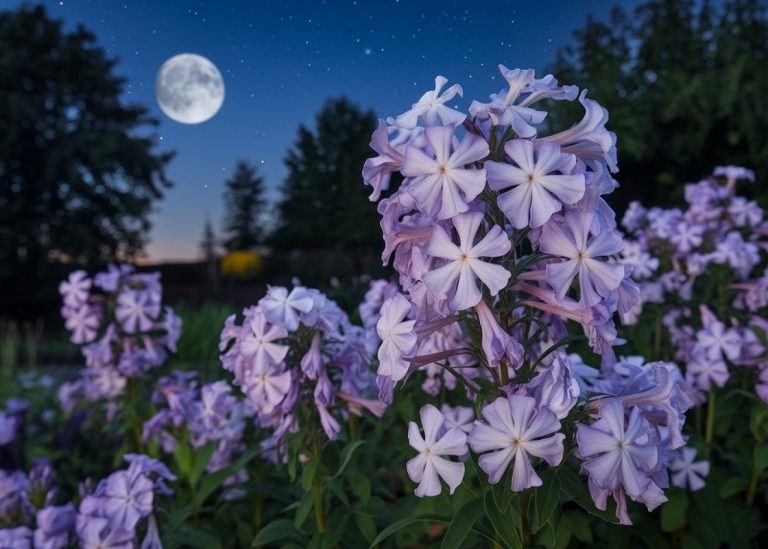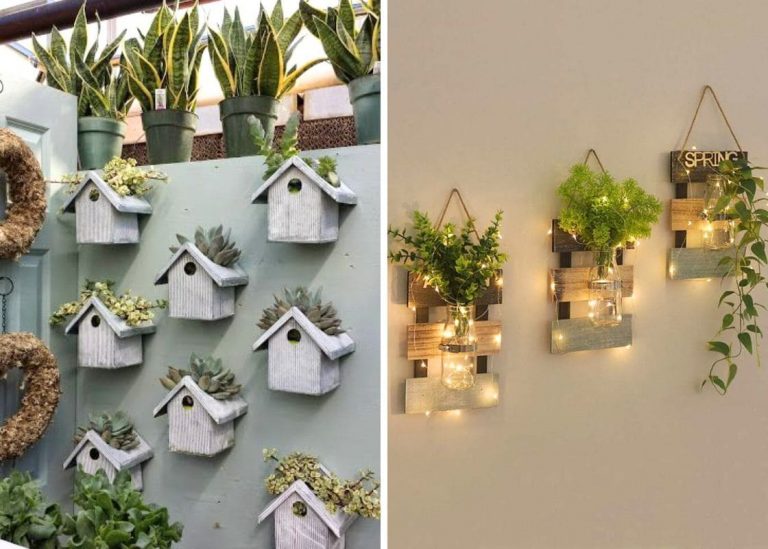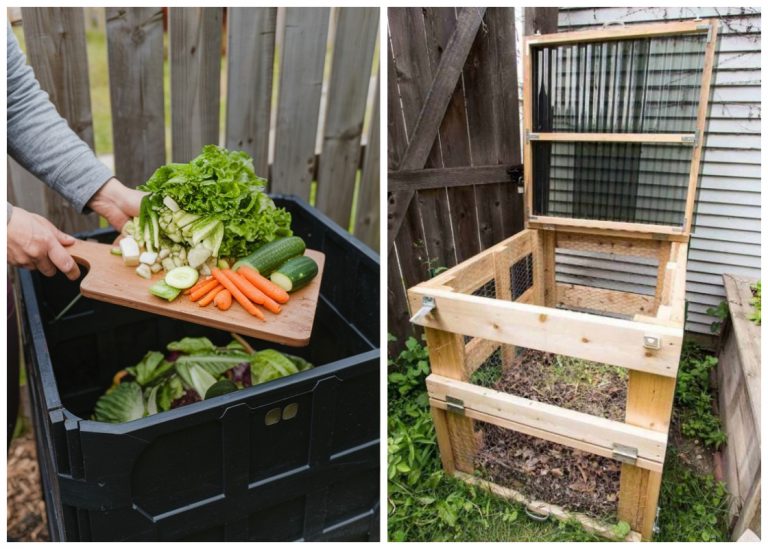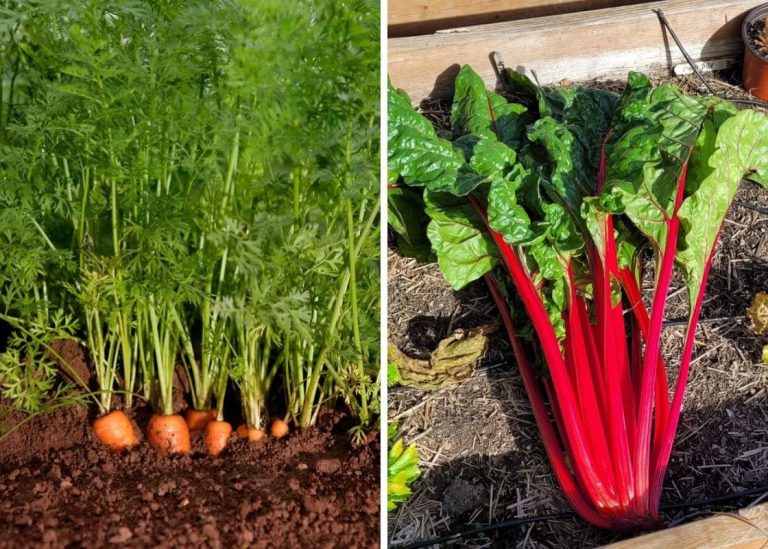25 Best Fall Vegetables for a Bountiful Harvest
When I planted my first fall garden, it was an accident born from a late-summer seed sale and a bit of curiosity. I scattered kale seeds near the compost bin and tucked carrot starts where the cucumbers had once sprawled. I wasn’t expecting much—maybe a few leaves, a last hurrah before winter. But instead, that little patch flourished. Cooler air brought fewer pests, richer flavors, and something unexpected: peace.
Fall gardening felt slower, gentler, more intimate. I could hear the crunch of leaves underfoot as I watered. I watched mist gather on cabbages like tiny crystals in the morning light. And when the first frost kissed the kale? It was sweeter than anything I’d grown all year.
If you’ve never tried growing in the cool season, consider this your nudge. These 25 vegetables are more than hardy—they’re soulful, surprising, and generous. Some I’ve grown year after year. Others were tips from friends or treasures discovered in someone else’s garden. But each one has earned its place in this list.
#1. Kale
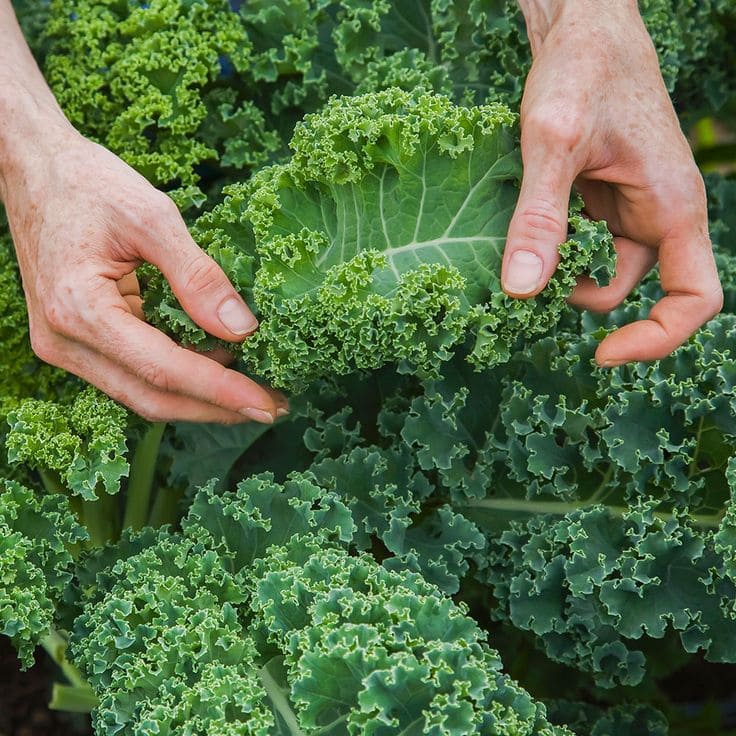
There’s a wild patch of curly kale outside my kitchen window that refuses to quit. Through frost, wind, and neglect, it holds on—and only tastes better for it.
Frost sweetens the leaves, stripping away bitterness. I use it in soups, smoothies, and sometimes just sautéed with garlic and lemon. The leaves are dark, rich in nutrients, and impossibly resilient.
Kale thrives in full sun and well-draining soil. I grow mine in raised beds to keep it from getting waterlogged, and it happily withstands temps into the low 20s. Plant it once, and it’ll surprise you with how long it sticks around.
#2. Brussels Sprouts

Brussels sprouts take a long time to mature, but they are well worth the wait. These mini cabbages form along a tall stalk, and their flavor improves significantly after the first frost.
They need full sun and fertile, well-draining soil to develop properly. Since they grow slowly, I usually plant them in late summer so they’re ready to harvest in late fall.
The colder the weather, the sweeter and nuttier their flavor becomes.
#3. Carrots

I once forgot to harvest my fall carrots until nearly Christmas. Best mistake ever. The cold had transformed them into sugar sticks.
Carrots convert starches to sugars in cool soil, and their flavor intensifies. I sow seeds in deeply loosened soil, thin them once they sprout, and leave them in the ground until needed.
They’re one of the few vegetables you can harvest with mittens on—and they taste better for it.
#4. Spinach
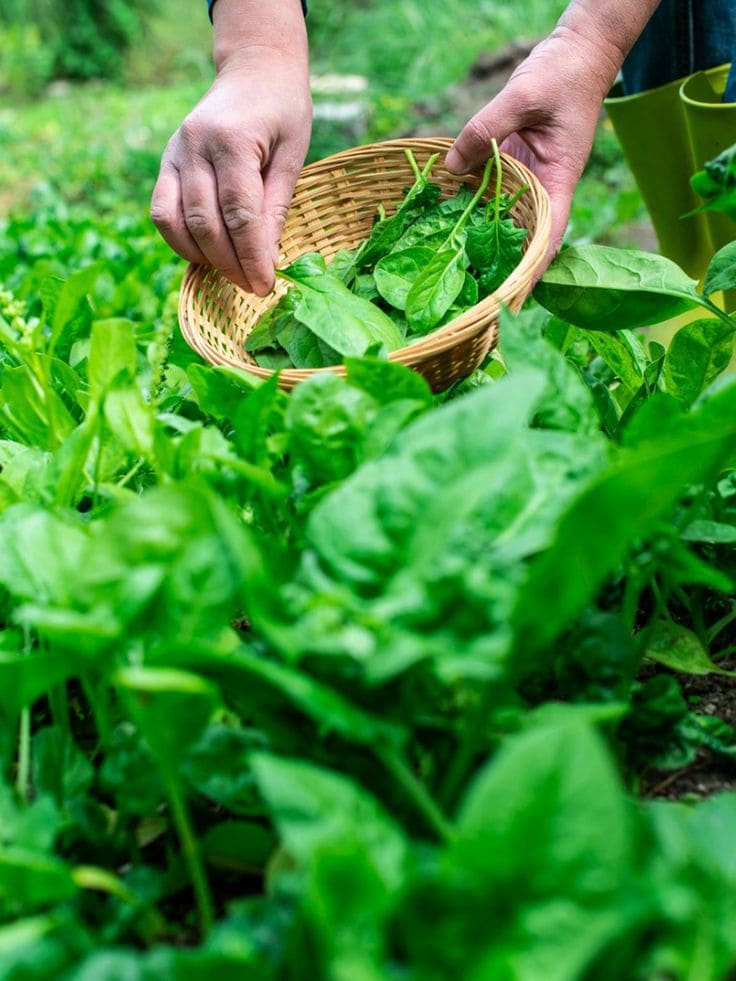
Spinach doesn’t mind cold toes. I plant it in rich, compost-laced soil and watch it sprout within days.
The leaves are tender, quick-growing, and surprisingly frost-tolerant. In a mild fall, I’ve harvested spinach right up to the first snowfall, and in some years, even after.
It’s iron-rich, fast to grow, and forgiving—perfect for beginners and busy gardeners alike.
#5. Beets

Beets make me nostalgic. My grandmother used to pickle them in vinegar, and the smell takes me back instantly.
I grow them mostly for the roots, but the greens? Don’t overlook them. Sautéed with olive oil, they’re better than chard.
Beets prefer loose soil and need about two months to mature. Sow thickly, thin early, and mulch well to keep them sweet and firm.
#6. Broccoli
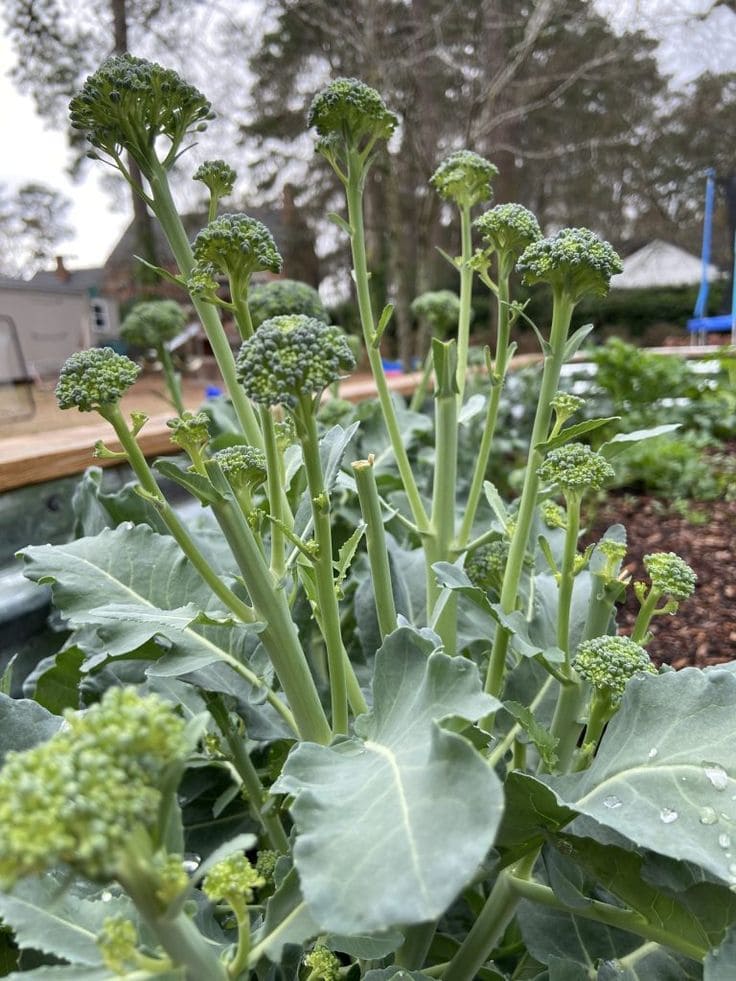
Broccoli in fall is a totally different experience than spring. Cooler nights mean tighter heads, richer flavor, and fewer aphids.
After cutting the main head, I leave the plant alone. Side shoots keep coming, giving me enough for stir-fries and soups for weeks.
I’ve had the best results in compost-heavy beds with regular watering—especially during dry spells in early fall.
#7. Cauliflower

Growing cauliflower always feels like coaxing a secret from the soil. Some years it works, others not so much—but when it does, it’s spectacular.
Modern varieties don’t need blanching, but I still shield the heads with leaves if the sun is too strong. The texture turns silky after frost, and I love roasting it whole with spices.
Give it rich soil, steady water, and patience. Then stand back and watch it turn creamy white against a backdrop of deep green.
#8. Cabbage
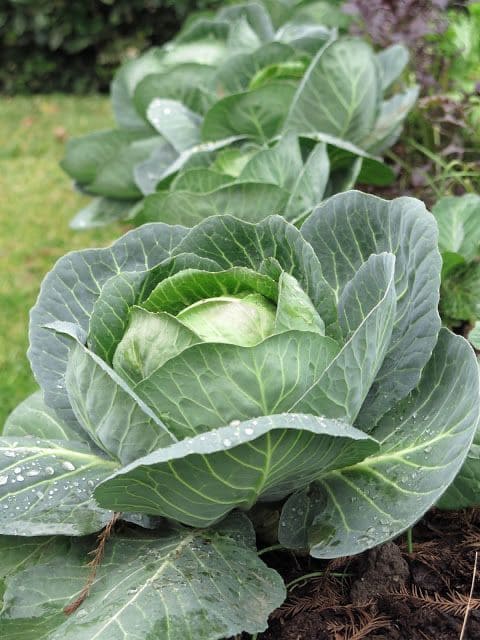
There’s something satisfying about lifting a solid, tight head of cabbage from the garden. It feels like holding a prize.
Fall-grown cabbage is crisper and sweeter than spring’s, and it stores well into winter. I plant both red and green varieties for variety—and they look beautiful side-by-side.
Full sun, moist soil, and room to grow—that’s all cabbage asks for.
#9. Turnips
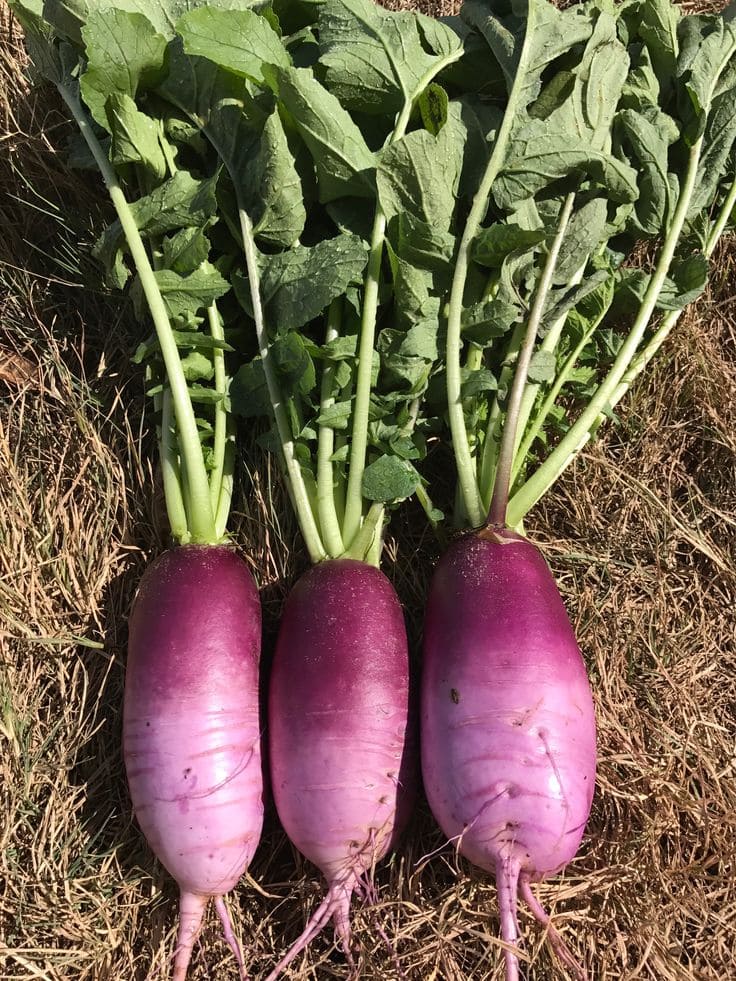
I used to overlook turnips. Now, they’re one of my favorite dual-purpose crops.
The roots are mild and sweet after a frost, and the tops are some of the best cooking greens out there. I sow them thickly in cooler beds and harvest the greens young, leaving the bulbs to fatten.
They’re fast-growing and cheerful, and I like how they round out both soups and garden beds.
#10. Radishes

Radishes are one of the fastest-growing fall vegetables, ready to harvest in just 3-4 weeks. They thrive in cool weather, developing crisp, spicy roots.
If planted too late in the season, they may struggle to grow in frozen ground, so I plant them early in fall for a continuous supply. Their peppery flavor pairs well with autumn salads and roasted dishes.
#11. Swiss Chard
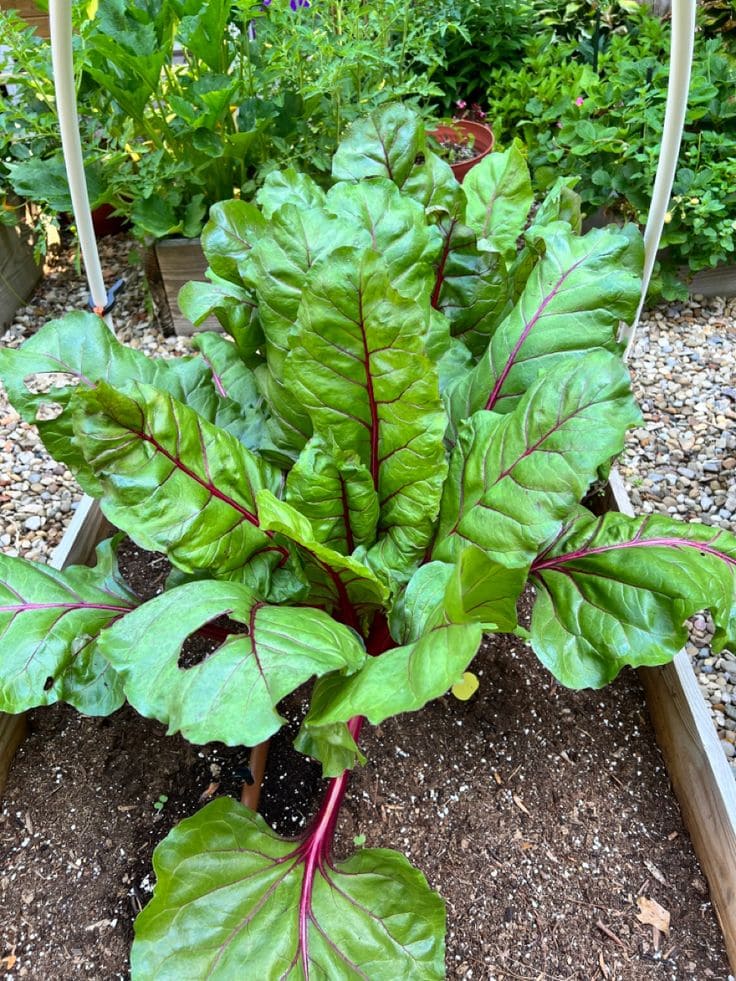
I first grew Swiss chard because I saw it glowing like stained glass in someone’s front-yard garden. The stems—ruby red, sunshine yellow, and coral pink—looked like something out of a fairy tale.
Turns out, it’s more than just pretty. Chard is incredibly frost-hardy and produces even when other greens start to fade. The flavor is earthy and mild, and I like to toss it into eggs, pasta, or just wilt it with lemon and garlic.
It thrives in rich, loose soil and handles the cold like a champ. A tip? Harvest just the outer leaves to keep the plant growing well into winter.
#12. Arugula
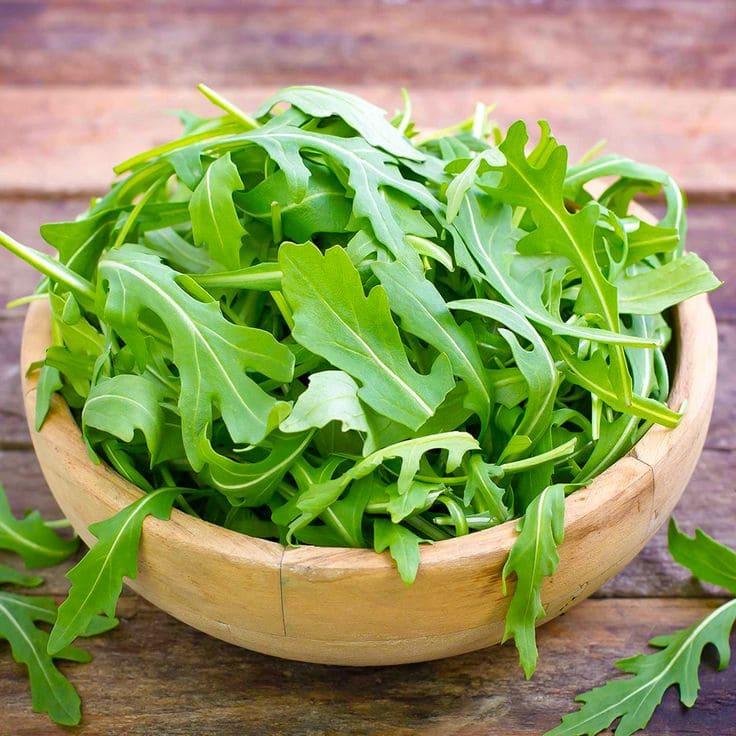
Arugula is a flavor burst waiting to happen. It grows fast, especially in cooler fall temps, and the flavor becomes sharper as the weather cools.
I once hosted a fall potluck and made a salad with just-picked arugula, pears, walnuts, and blue cheese. It disappeared before I even sat down. That’s how good fall arugula is—peppery, tender, and bold.
Sow it every couple of weeks for a steady supply, and harvest often to prevent bolting. It’s one of the easiest cold-weather greens to grow—and to love.
#13. Garlic

Planting garlic feels like a quiet promise to your future self. You tuck it in during the cool autumn days, cover it gently with mulch, and then wait. And wait. But when it finally emerges in spring, it’s one of the most satisfying garden moments.
I always plant more than I need—some for cooking, some for gifts, and some for making garlic honey in winter. A good tip? Choose large, healthy cloves from the farmers market or seed garlic online—not the supermarket.
Mulch thickly, keep it weeded, and harvest in early summer when the bottom leaves begin to brown. Garlic rewards the patient gardener.
#14. Onions

Like garlic, onions are a bit of a slow-burn crop. I plant sets in mid-fall, cover them with straw, and forget about them until spring. They come back strong and resilient—just the way I like it.
Sweet onions, red onions, storage types—I’ve grown them all. I once left a row unharvested until June and ended up with the sweetest red onions I’d ever tasted.
Give them well-drained soil, a sunny spot, and mulch for protection. In return, you’ll have one of the most versatile staples to carry you into summer.
#15. Lettuce
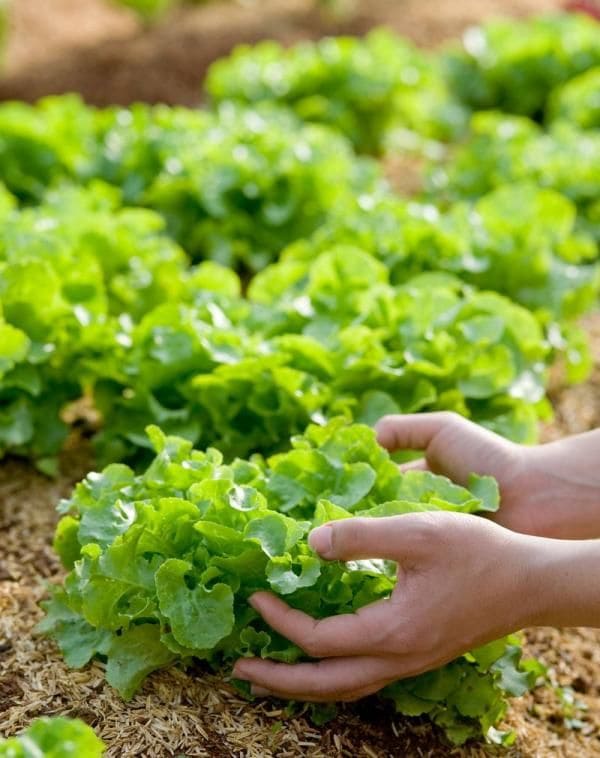
Lettuce in fall feels delicate but tough. I plant butterhead and romaine in early autumn, and within weeks, the beds are green and vibrant again.
Fall-grown lettuce is crisp and less bitter than summer lettuce, especially after a light frost. I often tuck row covers over mine on chilly nights, just to extend the harvest a bit longer.
I learned to water gently and often, and never to harvest when leaves are frozen—wait until midday. That one tip saved many a leaf.
#16. Parsnips
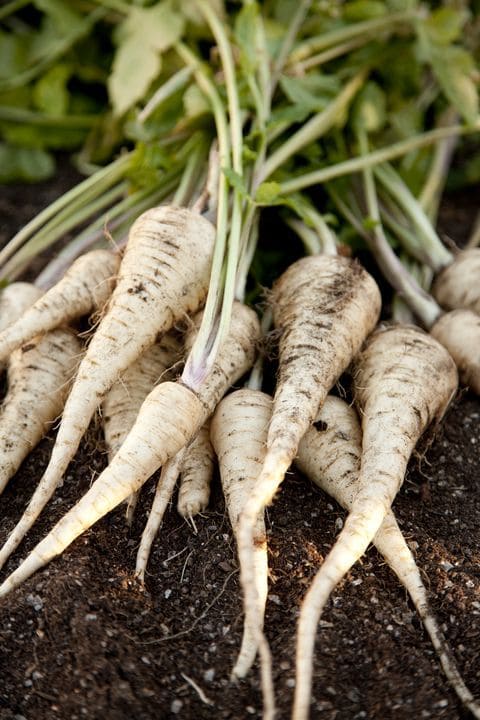
Parsnips were a revelation. I wasn’t raised eating them, but a friend once served them roasted with rosemary, and I was hooked.
They’re slow to grow but come alive after a freeze—their flavor turns sweet and nutty, like a cross between a carrot and a potato with personality.
Deep, loose soil is key here. I sow in late summer and leave them in the ground until the first snows. Trust me—don’t harvest too early. Cold air is the magic ingredient.
#17. Mustard Greens
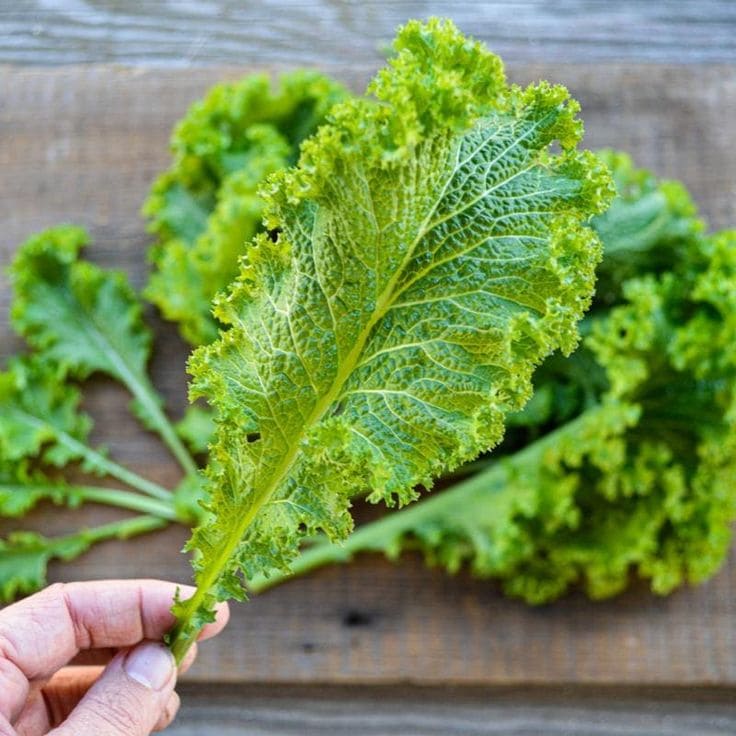
Mustard greens were introduced to me by a neighbor from Georgia who grows them like they’re going out of style. She sautéed them in a cast-iron skillet with garlic and vinegar, and I was instantly converted.
They’re bold, spicy, and loaded with nutrients. Cooler weather softens the heat a bit, but they still add a bite that wakes up any dish.
I direct sow mine in early fall and harvest the young leaves for salads, letting a few mature for cooking. They grow fast, don’t fuss, and bring a bit of Southern warmth into my garden.
#18. Peas
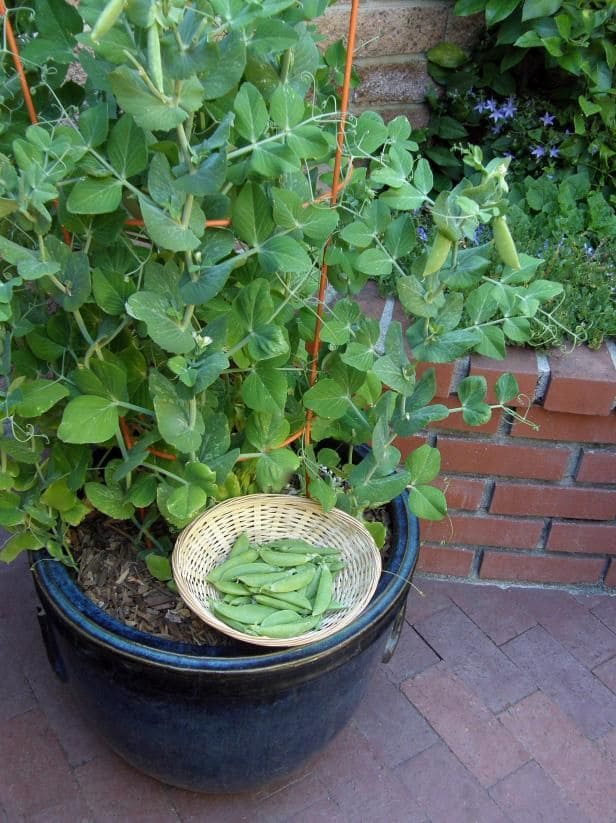
Fall peas? Absolutely. I didn’t believe it at first either, until I tried a late sowing one September and got a small but delicious harvest before frost.
I grow dwarf varieties that don’t need much support. A tip? Pre-soak seeds for faster germination and plant in compost-rich soil. Keep them well-watered during dry spells.
The pods are sweet, the vines delicate, and the flowers attract bees before cold sets in. A small joy with big rewards.
#19. Bok Choy
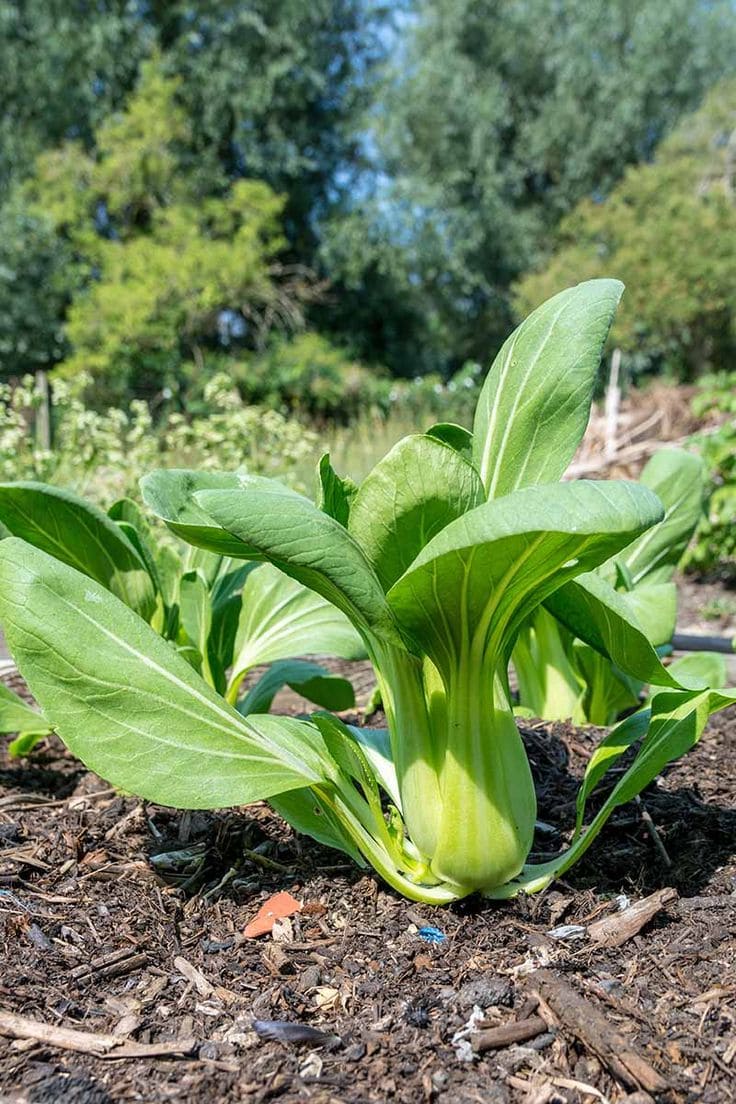
I fell for bok choy after visiting an urban farm where it grew in tidy rows like little green bouquets.
It grows quickly in fall and handles chilly nights with grace. I stir-fry it with ginger and sesame oil, but it’s just as tasty raw in slaws.
Keep the soil moist, plant in partial sun if it’s still warm, and protect with covers in the first frost. It’s easy, productive, and beautiful in any bed.
#20. Kohlrabi
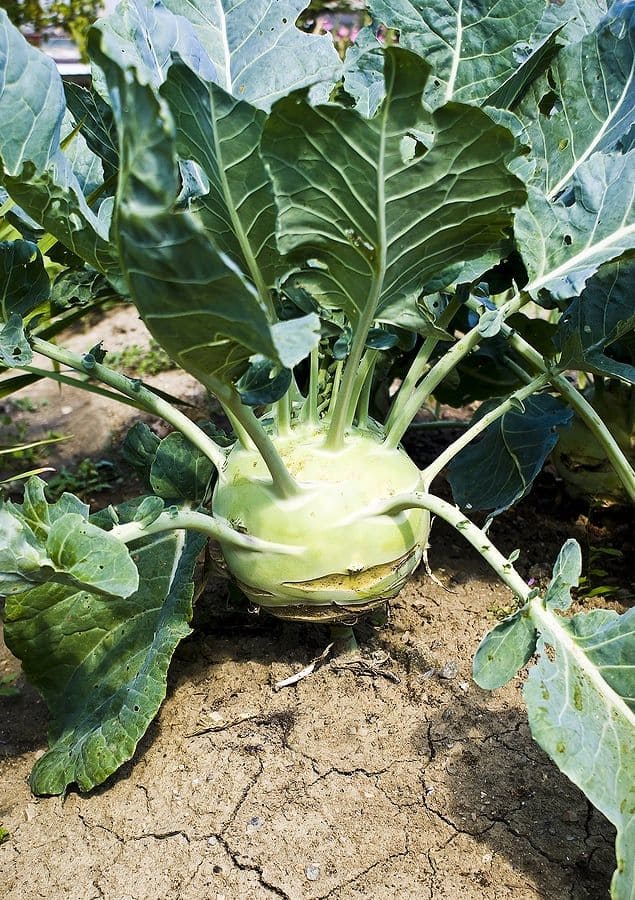
Kohlrabi looks like something from a sci-fi movie, but don’t let that stop you. The bulbs are crisp and sweet—somewhere between an apple and a mild turnip.
I grew it once just for fun and ended up eating it fresh with a pinch of salt for days. My kids called it the “alien veggie,” and they loved it too.
Sow seeds directly in fall, thin out the seedlings, and harvest when the bulbs reach tennis-ball size. Don’t wait too long—they get woody.
#21. Celery
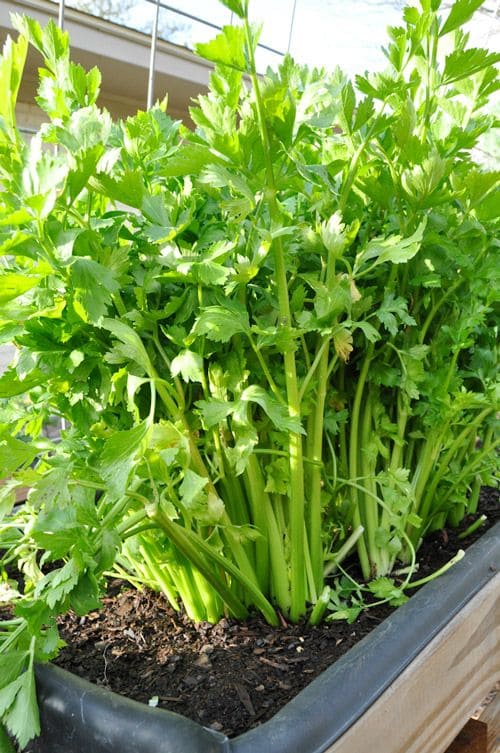
Celery in fall is slow, steady, and worth every bit of effort. It needs rich soil and lots of water, but the flavor? So much deeper than store-bought. Earthy, peppery, and complex.
A trick I learned from an old gardening book: mound soil or mulch around the base as it grows to blanch the stalks and make them more tender.
Harvest before the ground freezes hard, and wrap the stalks in damp newspaper for storage.
#22. Endive
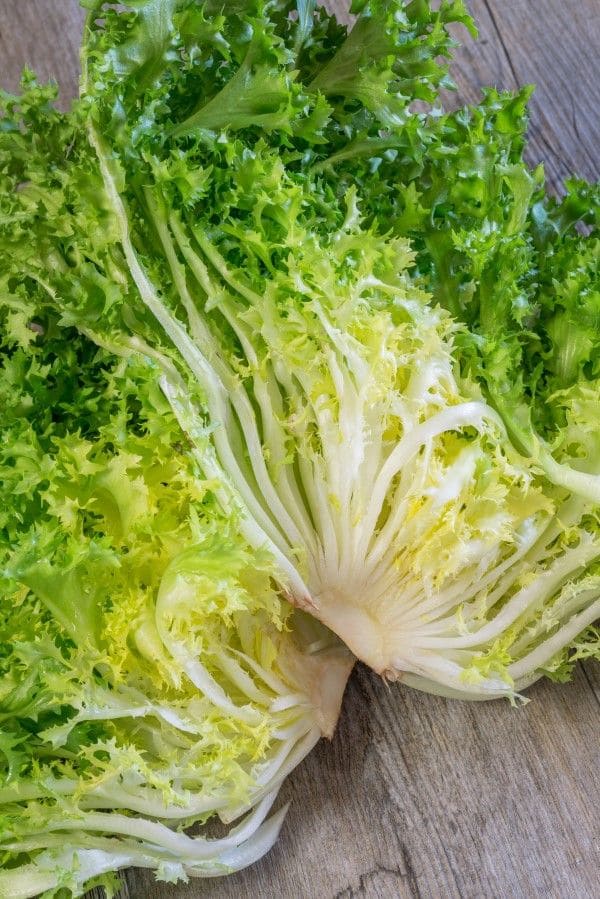
Endive came to me from a French gardener who shared a few seeds and a recipe for warm endive salad with walnuts and goat cheese. I’ve grown it every fall since.
It thrives in full sun, but the cooler it gets, the better it tastes—bitterness gives way to a nutty richness.
Grow it just like lettuce, but give it room to form those tight, frilly heads. It adds elegance to the garden and the table.
#23. Fennel

Fennel is one of those plants that makes the whole garden smell like black licorice—and I love it.
I plant it for the bulbs, which become tender and sweet in fall, but the feathery fronds are great for fish dishes or infusing oils.
I also keep it in flower, just for the bees and butterflies it draws in late fall. It’s a multitasker that brings both beauty and function.
#24. Rutabaga
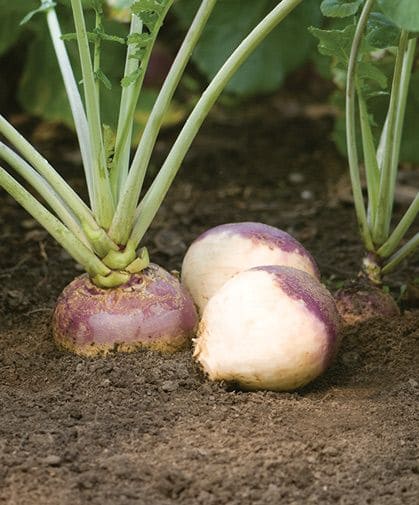
A cross between turnip and cabbage, rutabaga is dense, sweet, and surprisingly versatile. I cube it into soups or mash it with butter and nutmeg for a cozy fall dish.
It takes a while to mature—at least 90 days—but handles frost like a pro. Sow in late summer, thin early, and keep the bed well-mulched.
A root veggie with soul, it’s one of the best-kept secrets of the fall garden.
#25. Mâche

Last but not least, mâche. Soft, buttery, and unbelievably cold-tolerant. I call it my “quiet green” because it grows slowly, without fuss, and rewards me long after other greens are gone.
It thrives in near-freezing temps, and I’ve even harvested it under snow. It’s delicate in texture, rich in nutrients, and adds grace to winter salads.
Sow it thickly, water gently, and let it do its thing. It’s humble but unforgettable.
Final Thoughts
These vegetables have carried me through many autumns, each one teaching me something new: to be patient, to adapt, to trust the changing season. They’re not just food—they’re memory, comfort, and connection.
If you’re new to fall gardening, start small. Pick a few favorites. Let the season guide you. And if you’re already in love with autumn planting, I hope this list sparked new ideas for your soil.
We grow more than vegetables in the fall—we grow stillness, warmth, and the promise of spring.
